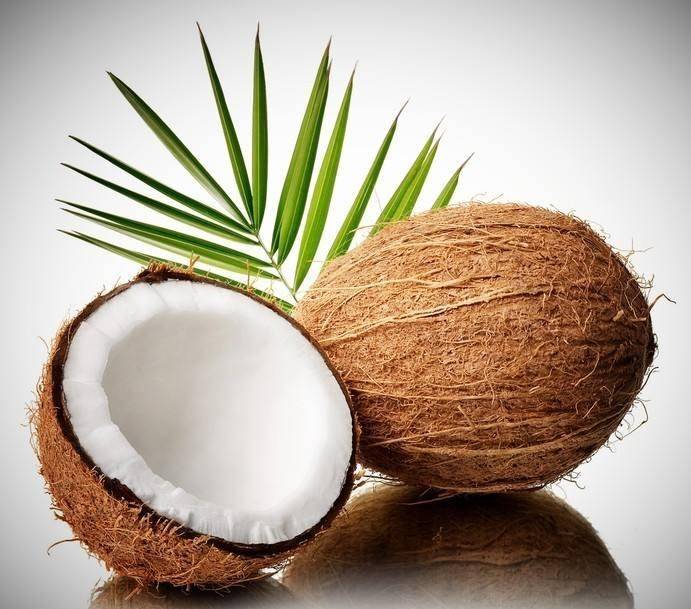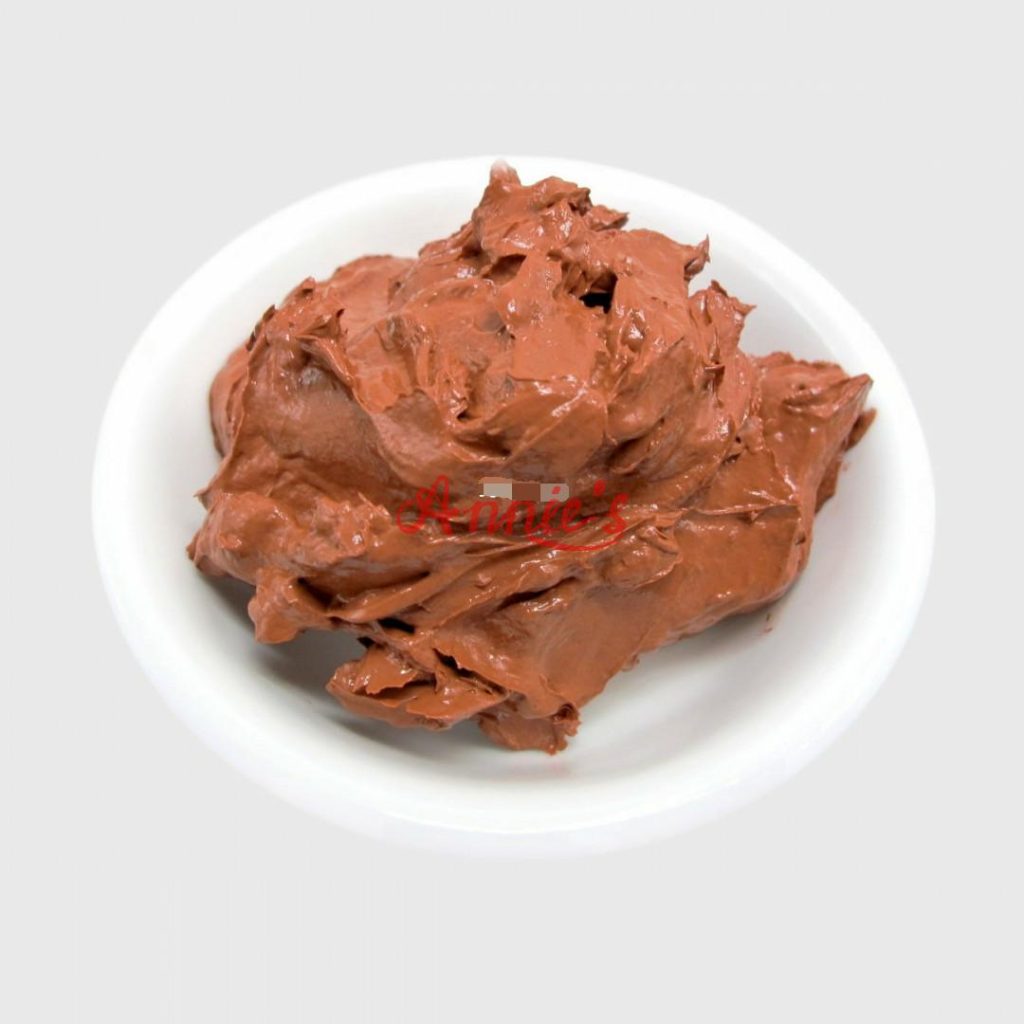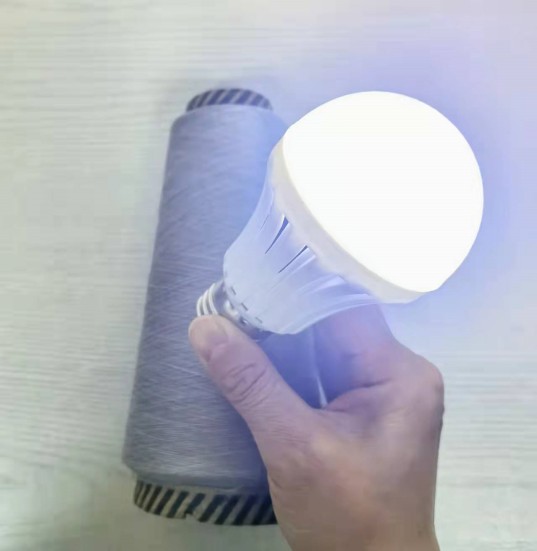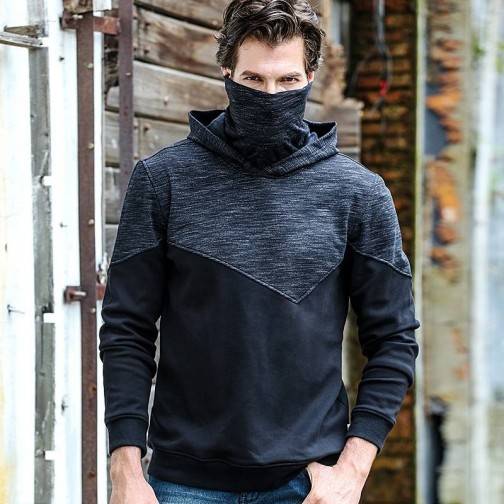In the world of performance fabrics, moisture management is crucial for athletic wear manufacturers. As a product developer working with various sportswear brands, I’ve seen the evolution of sweat-wicking technologies. Today, let’s dive deep into two prominent cooling fabric technologies: Coolmax and IcSnow® 8C Microporous, and explore which might be better for your next sportswear collection.
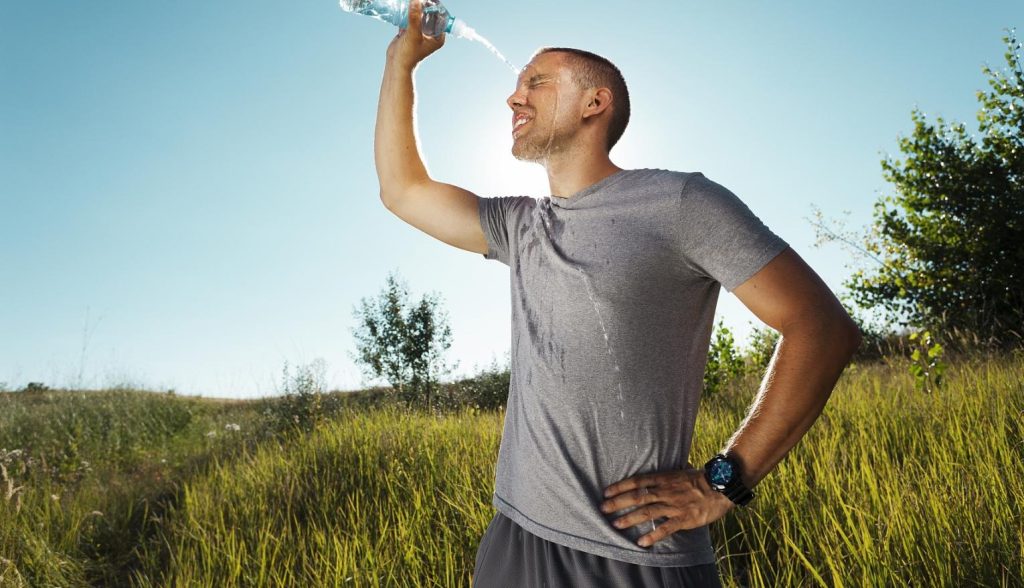
The Moisture Management Challenge
Every sportswear manufacturer knows the challenge: athletes sweat, and that sweat needs to go somewhere. A typical person can produce up to 1.4 liters of sweat per hour during intense exercise. That’s where sweat wicking fabric technology becomes essential.
Understanding Coolmax Technology
Coolmax has been a standard in the industry for years. Its technology relies on specially engineered polyester fibers with a four-channel cross-section. These channels create a capillary action that pulls moisture away from the skin. The moisture then spreads across the fabric’s surface, where it can evaporate quickly.
The 8C Microporous Innovation
IcSnow® 8C Microporous technology takes a different approach to moisture management. Its unique 3D groove structure, shaped like the shape “8C”, creates a more complex system for handling sweat. The structure implements a fourfold siphon effect: absorption, conduction, diffusion, and evaporation.
Breaking Down the Differences
Surface Structure:
Coolmax uses four-channel fibers
8C Microporous employs an eight-channel structure with microporous technology
Moisture Transport:
Coolmax
Relies on simple capillary action
Moves moisture in a linear pattern
Performs well in high-intensity activities
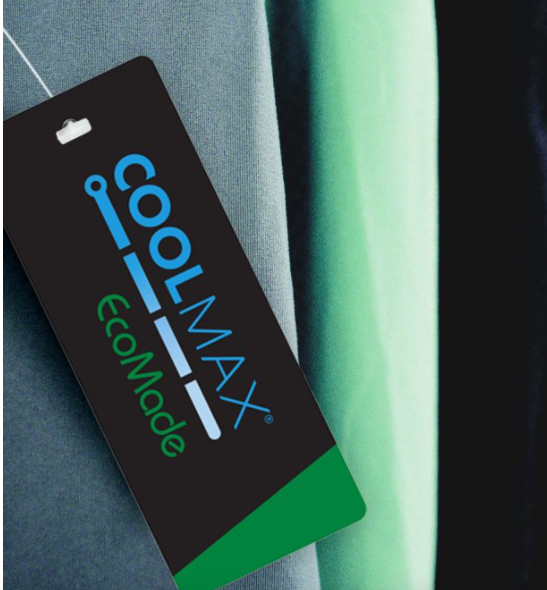
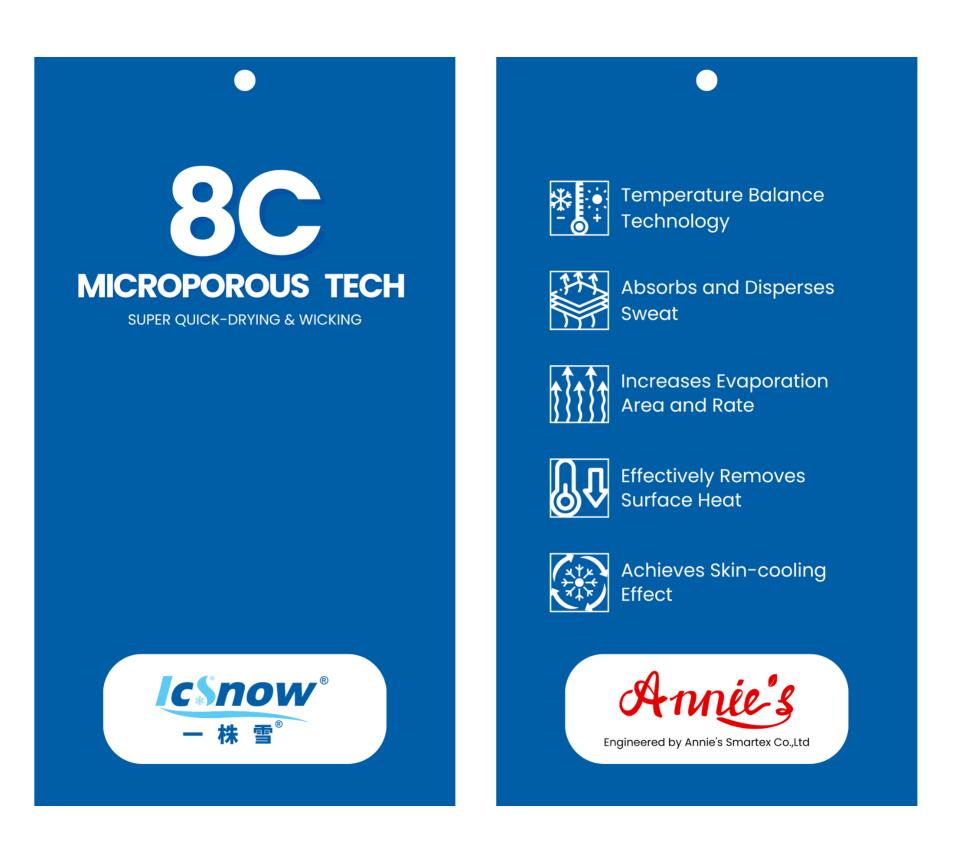
8C Microporous
Creates a three-dimensional moisture transport system
Utilizes both vertical and horizontal wicking
Maintains performance across various activity levels
Quick-drying Capabilities
Both technologies aim for rapid drying, but their approaches differ. Coolmax spreads moisture across a wider surface area. 8C Microporous uses its 3D structure to create multiple pathways for moisture, potentially increasing the drying speed.
The 8C Microporous system’s three-dimensional structure offers an interesting advantage. Its design creates micro-turbulence in air flow, which can enhance the evaporation process. This feature becomes particularly valuable in high-humidity conditions where traditional moisture-wicking fabrics might struggle.
Real-world Performance
In practical applications, both technologies show strong performance, but they shine in different conditions:
Coolmax excels in:
Simple sport
Warm, dry conditions
Activities requiring wicking
8C Microporous shows advantages in:
Variable intensity activities, and even for Daily
Every conditions, warm, dry, wet
Situations requiring both cooling and moisture management
Weight and Comfort Considerations
The 8C groove structure creates a notably lightweight fabric. The three-dimensional processing reduces bulk while maintaining performance. This can be particularly beneficial for athletic wear where every gram matters.
Environmental Impact
Modern sportswear manufacturers must consider sustainability. Both technologies can be implemented in recycled polyester, but the 8C Microporous structure potentially uses less material due to its efficient design.
Manufacturing Implications
For sportswear manufacturers, several factors merit consideration:
Production complexity
Cost efficiency
Fabric versatility
Performance consistency
Both technologies offer effective moisture management, but they suit different applications:
8C Microporous advantages:
More complex moisture transport system
Better performance in variable conditions
Lighter weight
Enhanced cooling effect
Efficient material usage
Making the Choice
The decision between Coolmax and 8C Microporous should depend on your specific application. Consider:
Your target activity type
8C Microporous, is better for temperature regulation in varied environments, lighter feel for everyday comfort, superior moisture balance in office-to-gym transitions.
Local Climate Conditions
8C Microporous adapts to various climates through its 3D groove structure. Superior performance in humid environments, maintains cooling efficiency in heat, and handles temperature fluctuations effectively.
Price Point Requirements
8C technology offers cost advantages through efficient material usage and streamlined production. Reduced waste and energy consumption balance the initial investment. Extended product lifespan provides long-term value.
Manufacturing Capabilities
8C technology integrates with standard equipment, requires minimal training, and maintains consistent quality. Compatible with various fabric constructions and adaptable to different production scales.
Technical Summary
For cutting-edge sportswear requiring advanced moisture management, 8C Microporous technology offers compelling advantages. Its innovative structure provides enhanced performance while maintaining production efficiency.
For manufacturers developing new sportswear lines, considering these application-specific performances can help target products more effectively to end-user needs. The key is matching the technology’s strengths with the specific demands of your target market and activity type.

